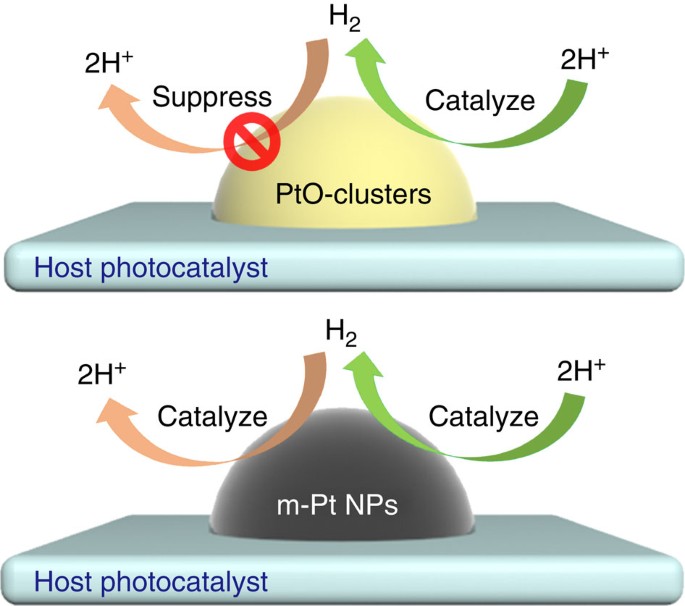"Scientists have developed a special heat-sensitive polymer that's capable of lifting 1,000 times its own weight and quickly contracting back to its original shape." http://www.sciencealert.com/this-new-shape-shifting-polymer-can-lift-1-000-times-its-own-weight
There are isothermally functioning analogues that obviously violate the second law of thermodynamics:
"When the pH is lowered (that is, on raising the chemical potential, μ, of the protons present) at the isothermal condition of 37°C, these matrices can exert forces, f, sufficient to lift weights that are a thousand times their dry weight." https://patentimages.storage.googleapis.com/12/1d/09/0fb416e99018cf/US5393602.pdf
Figure 4 here: https://www.ncbi.nlm.nih.gov/pmc/articles/PMC1367611/pdf/biophysj00645-0017.pdf
The upper picture here:

Increasing and then decreasing the concentration of the protons, if done quasistatically, involves, per se, zero net work. Accordingly, lifting the weight is the net work done by the isothermal cycle, in obvious violation of the second law of thermodynamics.
There are isothermally functioning analogues that obviously violate the second law of thermodynamics:
"When the pH is lowered (that is, on raising the chemical potential, μ, of the protons present) at the isothermal condition of 37°C, these matrices can exert forces, f, sufficient to lift weights that are a thousand times their dry weight." https://patentimages.storage.googleapis.com/12/1d/09/0fb416e99018cf/US5393602.pdf
Figure 4 here: https://www.ncbi.nlm.nih.gov/pmc/articles/PMC1367611/pdf/biophysj00645-0017.pdf
The upper picture here:

Increasing and then decreasing the concentration of the protons, if done quasistatically, involves, per se, zero net work. Accordingly, lifting the weight is the net work done by the isothermal cycle, in obvious violation of the second law of thermodynamics.



